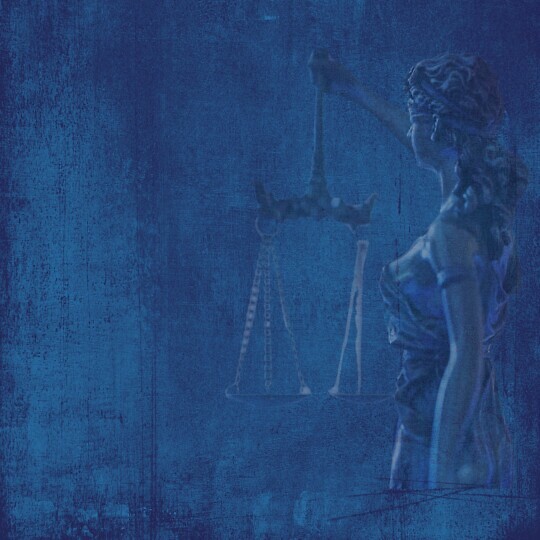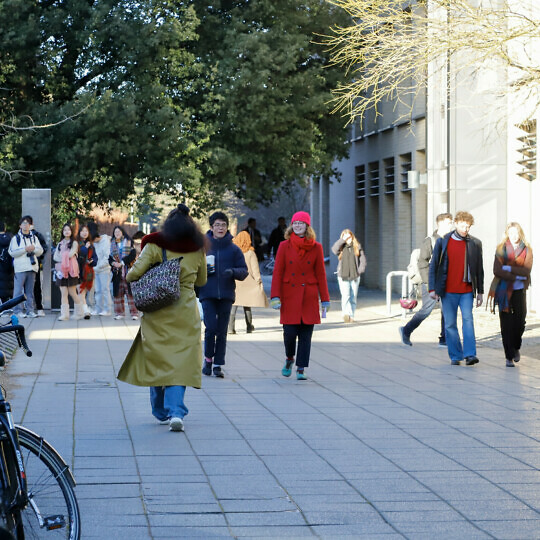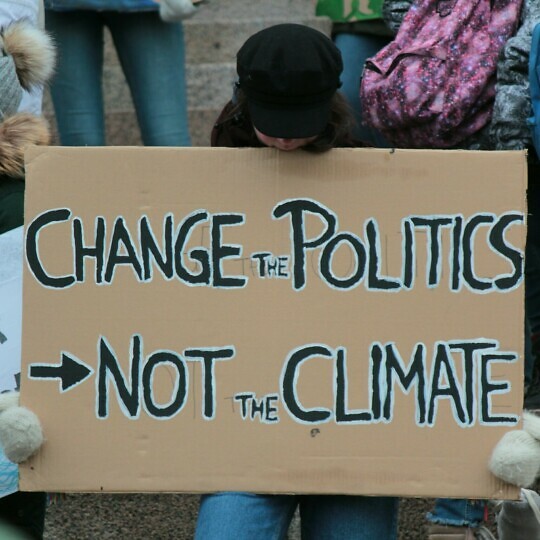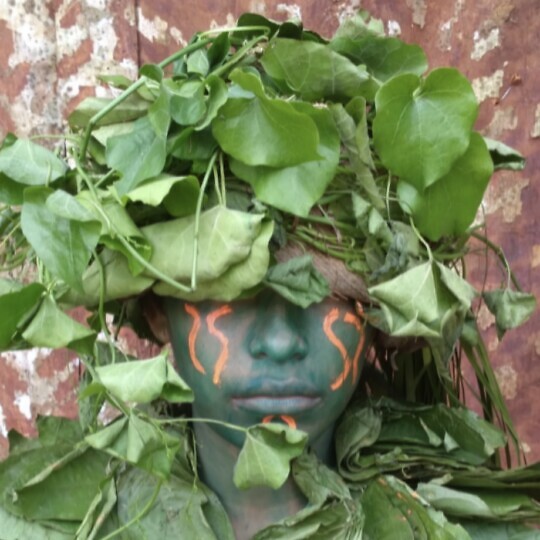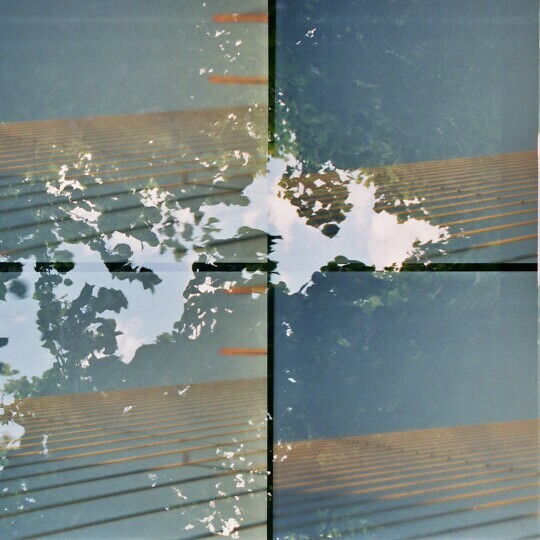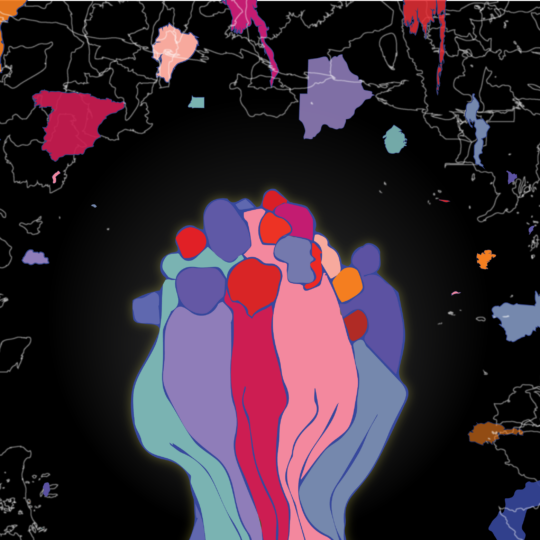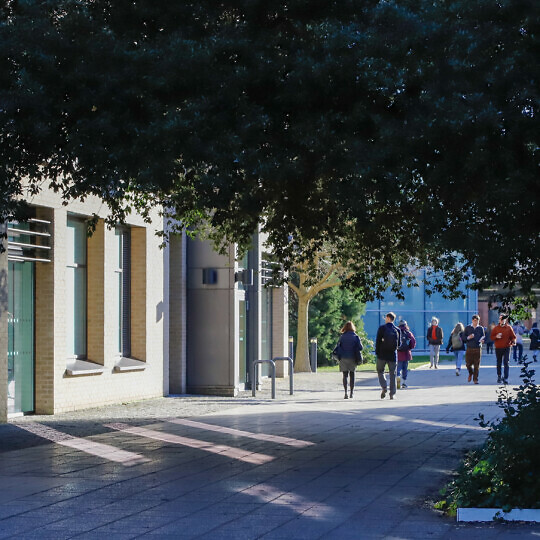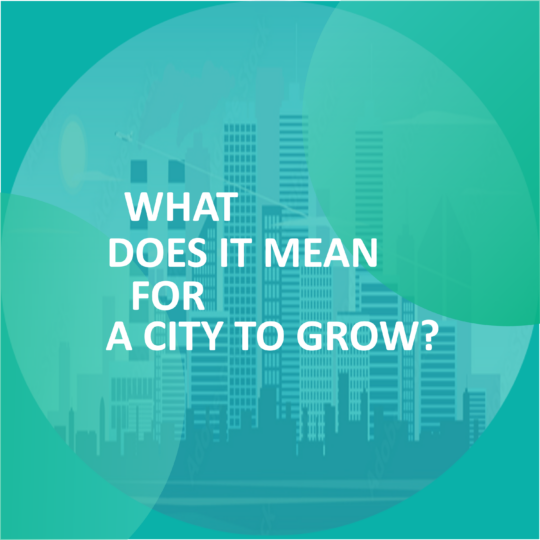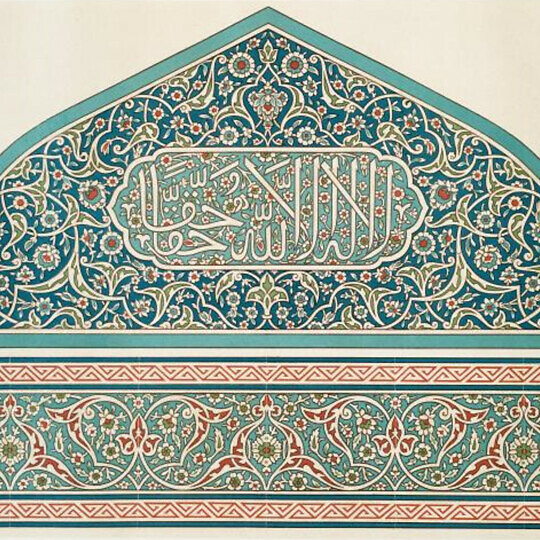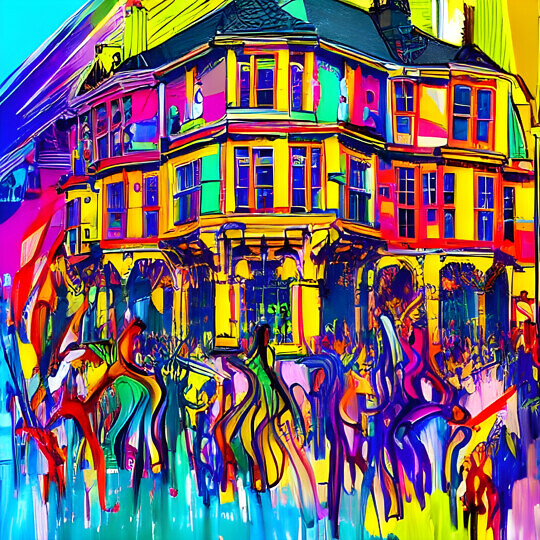| 20 Jun 2019 - 21 Jun 2019 | All day | SG1 and SG2, Alison Richard Building | |
- Description
- Programme
- Abstracts
Description
Registration for this conference is now closed.
Convenor
Nicola Kozicharow (University of Cambridge)
Summary
From Brexit to Trump’s presidency to Putin’s Russia, leaders around the world have incited a culture of global protest. Whether social, political, economic, or ecological, protest has become a permanent fixture in today’s society in an unprecedented way, even compared with the political activism of the 1960s. Amid fake news and censorship, grassroots movements and campaigns such as March for Our Lives and #MeToo have made radical use of platforms such as Instagram and Facebook to broadcast their messages as widely as possible. This digital culture has granted images a newfound currency, and their intrinsic ability to capture and spread ideas and attitudes too complex or emotionally charged for words has propelled them into the spotlight in political debates. Contemporary artists have adapted their practices as a result, co-opting new strategies and media to make themselves – and their issues – heard. The media furore surrounding MoMA’s protest of the immigration ban or the controversial display of Dana Schutz’s Open Casket has shown that museums are no longer neutral spaces, and even the more ‘traditional’ gallery space of the white cube could be a powerful arena for dissent. While art and protest has long been an area of interest for scholars, the full extent of the role visual images have played more recently in this climate of unrest has yet to be explored.
This conference aims to showcase the diverse forms of contemporary protest art that have emerged around the world over the last few years in a single interdisciplinary forum. The potential of art to serve as a tool for protest will be closely considered, especially the ability of digital media to reach new audiences and galvanise this unquenchable global discontent. The conference’s approach, however, will remain critical, and the effectiveness of art as protest will be questioned. If a work of art or action only succeeds in reaching likeminded individuals rather than instigating real change, does this signify failure? How can museums and artists voice issues in a way that inspires action, and where do they compromise? The conference presents a rare opportunity for established and emerging scholars (including cultural, art, and political historians, sociologists, and historians of literary studies), artists, and museum directors and curators to forge a multidisciplinary dialogue on these challenges and questions. It will highlight protest as a central concern in various academic and professional spheres through a rich set of papers addressing a variety of media (digital art, comics and graphic novels, installation, performance, cinema, social media, sculpture, and painting), issues (gender, race, ecology and climate change, capitalism, and technology), creative spaces (gallery, street, digital, and print), and national contexts (the US and UK, Russia, China, and Latin America).
Sponsors
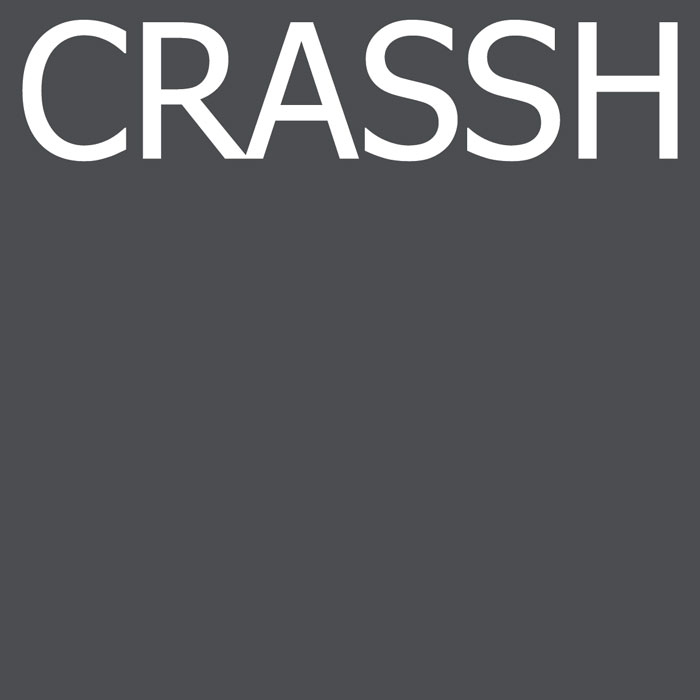
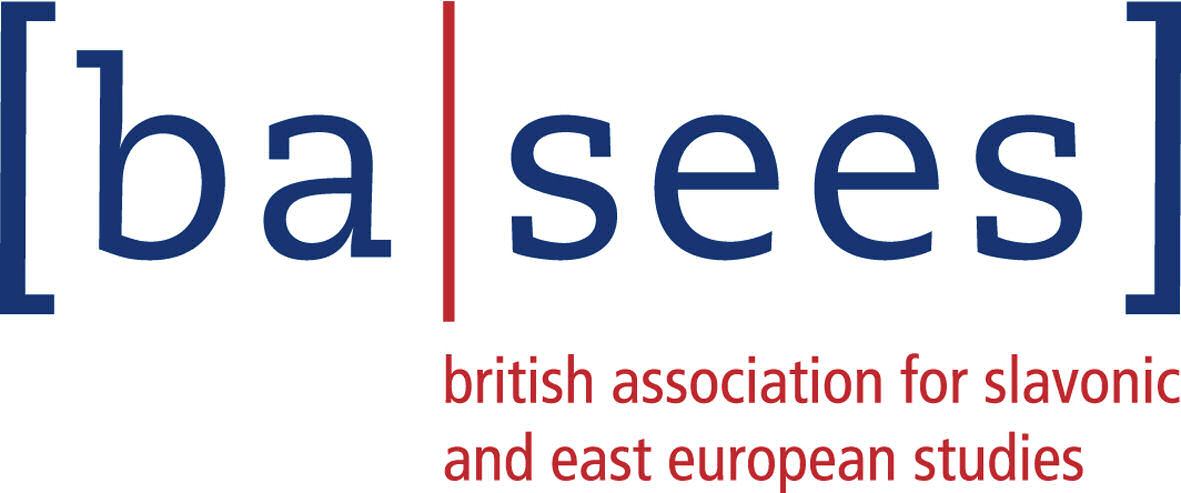

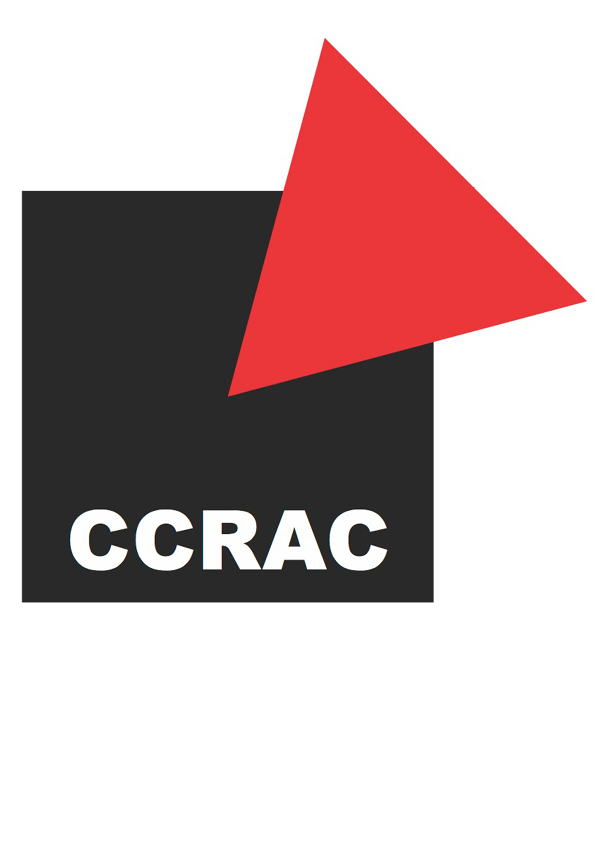
Supported by the Centre for Research in the Arts, Social Sciences and Humanities (CRASSH), the British Association for Slavonic and East European Studies (BASEES), the University of Cambridge's Department of History of Art, and the Cambridge Courtauld Russian Art Centre (CCRAC).
Administrative assistance: events@crassh.cam.ac.uk
Unfortunately, we are unable to arrange or book accommodation for registrants. The following websites may be of help:
Programme
| Day 1 - Thursday 20 June | |
| 10.15 - 10.45 | Registration |
| 10.45 - 11.00 | Welcome and Opening |
| 11.00 - 13.00 | Session 1: Power and Strategy Chair: Maria Mileeva (UCL)
Vid Simoniti (University of Liverpool) ‘Forms of Deception in Alt-Right Visual Culture’
Michał Murawski (UCL School of Slavonic and Eastern European Studies) ‘Perverting the Power Vertical: Shapes and Styles of Subversion in the (Trans-Socialist) Global East’
Denis Stolyarov (The Courtauld Institute of Art) ‘Back to the Real: Agony and Art in Contemporary Russia’ |
| 13.00 - 14.00 | Lunch |
| 14.00 - 15.30 | Session 2: Apocalypse Now? Chair: Kirsty Sinclair Dootson (University of Cambridge)
Keith Wagner (UCL) ‘Train to Busan (2016): The Candlelight Struggle, Zombies, and a Man-Made Neoliberal Disaster’
Peter Shenai (Art In Site; Artist, London) ‘Hurricane Bells: A Memorial for the Past, an Alarm Call for the Future’ |
| 15.30 - 16.00 | Closing Remarks Nicola Kozicharow (University of Cambridge) |
| 16.00 - 16.30 | Break |
| 16.30 - 17.00 | Performance Ray Filar (University of Sussex / Performance Artist, London) ‘The Sexist Chair’ Further details about the performance are available here. |
| 17.30 - 19.00 | Drinks Reception in the Graham Storey Room, Trinity Hall |
| Day 2 – Friday 21 June | |
| 9.30 - 11.00 | Session 3: Artist Collectives Chair: Denis Stolyarov (The Courtauld Institute of Art)
Anastasia Patsey (Museum of Nonconformist Art, St Petersburg) ‘The Phenomenon of Pushkinskaya-10: Nonconformist Art between Leningrad and St Petersburg’
Cüneyt Çakırlar (Nottingham Trent University) ‘The 50,000 Nails of Istanbul Queer Art Collective: Translation and Cross-cultural Mobility of Queer Performance’ |
| 11.00 - 11.30 | Break |
| 11.30 - 13.00 | Session 4: Protest and Women Artists Chair: Nicola Kozicharow (University of Cambridge)
Jane Partner (University of Cambridge) 'Textile Art and the Sculptural Forms of Feminist Protest'
Amy Tobin (Kettle’s Yard / University of Cambridge) 'Protest Abstracted: On Julie Mehretu’s Recent Work' |
| 13.00 - 14.00 | Lunch |
| 14.00 - 15.30 | Session 5: Art and Activism Chair: Jane Partner (University of Cambridge)
Marta Kotwas (UCL School of Slavonic and Eastern European Studies) ‘Subverting the Nationalist Version of Patriotism: Feminist Responses to the Far-Right Narrative in Poland’
Ray Filar (University of Sussex / Performance Artist, London) ‘Sex Worker Activism in the UK’ |
| 15.30 - 15.45 | Break |
| 15.45 - 16.15 | Final Discussion |
Abstracts
Cüneyt Çakırlar (Nottingham Trent University)
‘The 50,000 Nails of Istanbul Queer Art Collective: Translation and Cross-cultural Mobility of Queer Performance’
The contemporary art scene in Turkey, which accommodated a number of globally acclaimed artists who identify as LGBT+ (including Kutluğ Ataman, Taner Ceylan, Erinç Seymen and Nilbar Güreş), has gained considerable international visibility in recent decades. The post-2000s’ expansion of art galleries and art collectors as well as the country’s international networks have made the scene into a vital territory of cultural capital, in which artists and their collaborators working in neighbouring fields, such as academics and activists, channel their voices through art. The neoliberal regimes and political economies within this international traffic of art as capital and the queer visibility it promotes deserve critical focus. This paper provides in-depth readings of the performances by Istanbul Queer Art Collective (IQAC) to open up a discussion of the glocalisation/internationalisation of queer arts and activism. The academic, artistic and cultural visibility of these practices in Turkey raises critical possibilities to articulate the problematics of cultural mobility and ‘translation’ of sexual dissidence in arts. Examining performative discourses of appropriation, this paper will explore the ways in which IQAC critiques and exploits the hegemonic intersections between militarism, nationalism, heteronormativity and masculinity in adapting the Fluxus performance scores into a post- #OccupyGezi LGBTQ consciousness of ‘mourning and militancy’ in Turkey. Though sceptical of an unproblematically performed decontextualisation of queer theories from its western referent, my reading of IQAC’s performances will investigate the possible strategies of translating and transposing queer aesthetics into a critical practice that insists not merely on a local political context but also engages with the geopolitics of the global contemporary art market and its ‘ethnographic turns’.
Ray Filar (University of Sussex/Performance Artist, London)
‘Sex Worker Activism in the UK’
There is little academic knowledge about UK sex worker activism, an important social liberation movement spanning the last five decades. Criminalisation and stigma has meant sex workers have often been presumed incapable of their own political speech. Despite this, the most exciting and worthwhile sex worker politics emanate from those with lived and activist experience. This paper provides a documentary and discursive analysis of the visual media created by sex worker groups, including the English Collective of Prostitutes and the Sex Worker Advocacy and Resistance Movement. It will examine flyers, slogans, newsletters, advertising, conference programming, among other visual output.
Marta Kotwas (UCL School of Slavonic and Eastern European Studies)
'Subverting the Nationalist Version of Patriotism: Feminist Responses to the Far-Right Narrative in Poland'
The war on the so-called ‘gender ideology’ is a significant element of the populist discourse of the current right-wing government in Poland. Propelled by the traditionalist (Catholic) narrative and calculated scapegoating strategies, ‘anti-genderism’ – which targets feminism, support for LGBT+ communities, sexual education, access to contraception and abortion – has since 2015 profoundly affected the symbolic sphere of public culture. On the other hand, the intensification of Catholic and nationalist discourses has resulted in the expansion of the discursive opportunity structure and helped to increase the legitimacy of right-wing populist movements and parties, proclaiming an exclusionary vision of Polish national identity. The best exemplification of this shift is the changing tenor of the celebrations of the Polish Independence Day under the impact of the far-right March of Independence.
My paper focuses on the performances and visual displays of a feminist collective Black Rags (Czarne Szmaty) that challenge this trend. In their public performances, protest actions and art projects they aim to subvert the curently dominant right-wing narrative on the Polish national idenity. They critcally engage with the state celebrations of national holidays and explore the notion of patriotism by enacting non-traditional gender roles and incorporating elements of cross-dressing, queerness and eroticism in their projects. I will conclude by reflecting on the contrasting strategies of constructing national identity by feminists and nationalists.
Michał Murawski (UCL School of Slavonic and Eastern European Studies)
‘Perverting the Power Vertical: Shapes and Styles of Subversion in the (Trans-Socialist) Global East’
This paper draws its core ethnographic material from fieldwork on architectural aesthetics in Warsaw and Moscow, but its scope is comparative and its intentions are conceptual. It deploys the notion of the Power Vertical – a term used by political scientists to refer to Vladimir Putin’s brand of post-Soviet authoritarian governance – as a conceptual pivot. What are the aesthetics of the Power Vertical? Are they resolutely upright and ostentatious, like Moscow’s proliferating neo-Stalinist skyscrapers and turbo-charged Victory Day Parades? Or are they happy-go-lucky, dissipate and chaotic, like Putin’s villainous trickster wink (or Trump’s insomniac Twitter sessions)? Moreover, in the era of resurgent populisms, remilitarization and the oligarchization of capital, are the styles, shapes and affects of the Power Vertical making a mark on the planetary political-aesthetic New Normal? While seeking to make sense of the Power Vertical, this paper also looks beyond it, exploring the heterodox shapes, styles and ideologies populating the Global East, and emanating from within it to the wider world. Moreover, it aims to probe ways in which scholars can collaborate with artists, architects and activists from across the Global East: not only to analyse the Power Vertical (not only to take the Power Vertical seriously), but also to develop tactics and strategies to ridicule, trick, twist, undercut, queer, resist and pervert it.
Jane Partner (University of Cambridge)
‘Textile Art and the Sculptural Forms of Feminist Protest’
This paper explores the ways in which female artists have re-appropriated textiles as a form of aesthetic protest against patriarchal oppression. The case study of women’s art made from intimate female clothing illuminates the ways in which materials and making processes can be mobilised as powerful political commentary, particularly through the invocation of longer artistic and social histories. I take two examples of contemporary female artists who find radical ways to use mass-produced underwear as an artistic medium to represent and comment upon the gendered body. The work of Sarah Lucas uses tights to create uncanny, subversive bodies, whose unsettling voluptuousness and grotesque elision of limbs with soft, exposed entrails, follows on from the formative work of Louise Bourgeois in examining the ways in which unruly female bodies might not conform to the classical male ideals of anatomical rigidity and enclosure. In related work, Zoe Buchman embroiders sexualised rap lyrics in red thread upon vintage underwear, drawing on the traditions of sampler sewing as a polite and useful accomplishment for young women of marriageable age during the eighteenth and nineteenth centuries, which often involved the stitched copying of texts written by men. In this provocative and uncompromising work, the crafting of these bodily texts re-appropriates them as powerful statements of protest.
Anastasia Patsey (Museum of Nonconformist Art, St Petersburg)
‘The Phenomenon of Pushkinskaya-10: Nonconformist Art between Leningrad and St Petersburg’
In 1989 a group of underground artists known as the ‘nonconformists’ occupied an empty building in Pushkinskaya street in Leningrad. Back then no-one could imagine that they were witnessing the rise of one of Russia’s first independent art centres with a 30-year history ahead of it. A history of political struggles, cultural self-determination, and international acknowledgment.
Once a radical squat, the Pushkinskaya-10 developed into a multidisciplinary art centre and became the benchmark for a completely new cultural landscape in the post-soviet space. Despite its gradual institutionalisation, the Pushkinskaya-10 today remains a dynamic and lively space. It unites a museum complex with a collection of over 4.000 art works, a number of independent art galleries and concert venues. Besides that, the Pushkinskaya-10 remains home for a functioning commune with over 40 visual and performance artists, creating a cultural phenomenon that is remarkable both for Russian and international practice.
How to define nonconformism today? In what ways did the unofficial culture of the Soviet period influence contemporary protest art? When is the right time to start the process of museumification? These are some of the challenging questions Pushkinskaya-10 encounters today.
Peter Shenai (Art In Site; Artist, London)
‘Hurricane Bells: A Memorial for the Past, an Alarm Call for the Future’
Hurricane Bells is an artistic project by Peter Shenai, comprising five cast bells modeled on the structure of Hurricane Katrina— the storm that devastated New Orleans in 2005. Hung in a line and struck in order, these cyclonic, irregularly shaped musical instruments produce a series of descending tones, indicating the growing power of the storm as it headed across the Gulf of Mexico towards land. In August 2018 the bells were taken to New Orleans to coincide with the thirteenth anniversary of Katrina. Radio 4 conducted interviews with residents and musicians of New Orleans, who struck each bell at the precise moment it represents, sparking wider conversations about the city’s musical identity, memories of Katrina and the aftermath, and thoughts for the future. This paper will present the project and discuss the role of bells more generally: what is their relation to past, present, and future actions? Can symbolic artefacts such as these help us to bring focus, understanding, and even urgency to climate change?
Vid Simoniti (University of Liverpool)
‘Forms of Deception in Alt-Right Visual Culture’
Online forms of communication have not spelled the end of truth in politics, but they do pose new challenges to the democratic process. Alternative facts, fake news, truthiness, echo chambers, clicktivism and Twitter-emotions are some of the buzzwords that command our attention today, but how can we think about these phenomena without becoming entangled in their hype? Here I present some early thoughts on the concept of deception in online political discourse, taking anonymous alt-right visual production as my subject matter (e.g. Pepe the Frog memes, anti-immigrant video ‘With Open Gates’). These visual forms of expression play loose with the truth of what they show, with varying political agendas animating their production. I draw on philosophical literature (e.g. H Frankfurt, J Stanley, R Langton) and cultural criticism (e.g. H Steyerl, WJT Mitchell) to suggest a new form of deception is underway here, one that is distinct from more familiar categories of lies, bullshit and simulacra.
Denis Stolyarov (The Courtauld Institute of Art)
‘Back to the Real: Agony and Art in Contemporary Russia’
Despite anti-communist sentiment of the 1990s, contemporary Russia inherits Soviet symbolic order in many respects. Contemporary public politics in Russia excludes any collective social body from the process of decision-making, reproducing itself through amorphous institutions of ideological reliabilityand personal loyalty to the state. Culture is deprived of agency and confined to the environment of specifically designated spaces of cultural industry, devoid of practical significance.
Nevertheless, artists find ways to claim their right to contribute to the public discussion. Staging situations of physical confrontation and social conflict allows them to introduce perceivable reality into collective imagination. Focusing on recent art projects that entered popular mass media and whose audience therefore transgressed the traditional borders of the community of people interested in contemporary art, the paper will analyse their characteristic features that allowed them to be effective and politically relevant.
The history of dialectical relationship between the state and artistic practices in the last decades resulted in a complex understanding how art can oscillate between mimicking dominant discourse, subvert it and act in direct confrontation. The list of artists, whose works will be analysed, include Katrin Nenasheva, Danila Tkachenko, Pyotr Pavlensky and several others.
Keith Wagner (UCL)
‘Train to Busan (2016): The Candlelight Struggle, Zombies, and a Man-Made Neoliberal Disaster’
Today civilian responses to national emergencies often depend on South Korean media coverage as well as the number of innocent victims involved in the calamity to classify any disaster as a national tragedy. One very recent man-made national disaster in South Korea that has radically affected its whole society was the 2014 sinking of the Sewŏl ferry, where 305 people perished at sea; of those who died, 250 were high school students, causing the nation to go into mourning. Not accepting the sinking as an accident, bereaved families of the deceased campaigned vigorously to memorialize their lost children and demanded answers from the government. Even now, the national tragedy of the Sewŏl ferry disaster still touches a raw nerve for most empathetic Koreans. It remains a delicate subject, which makes it difficult to discuss even in cultural terms. Nevertheless, the production of the film Train to Busan in 2016 came at a time when public sentiment was turning against the unchecked aspects of neoliberal disaster management largely borne out of this monumental safety failure. It was revealed that the Park Gyun-hye administration (2013–17) had cut public funding to the Coast Guard prior to the accident; a month later, President Park was reported as stating publically that the disaster was mismanaged and the Coast Guard did not have enough personnel and budget allocated for maritime safety, and training for rescue was very much insufficient. In this paper, I will elucidate this national disaster as a backcloth issue of a fictional man-made neoliberal disaster in Train to Busan via the film's biotech facility leak, which is understood to have unleashed the contagion that turned people into zombies. It could be said that this emphasis on a man-made disaster shows a rising social consciousness to a nationwide privatization of state functions—from the Coast Guard to fire departments in South Korea—and a newfound political resistance that culminated in the Candlelight Struggle protest and the impeachment of Park Gyun-hye in 2016.

